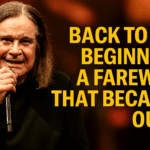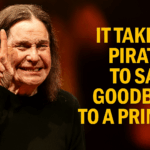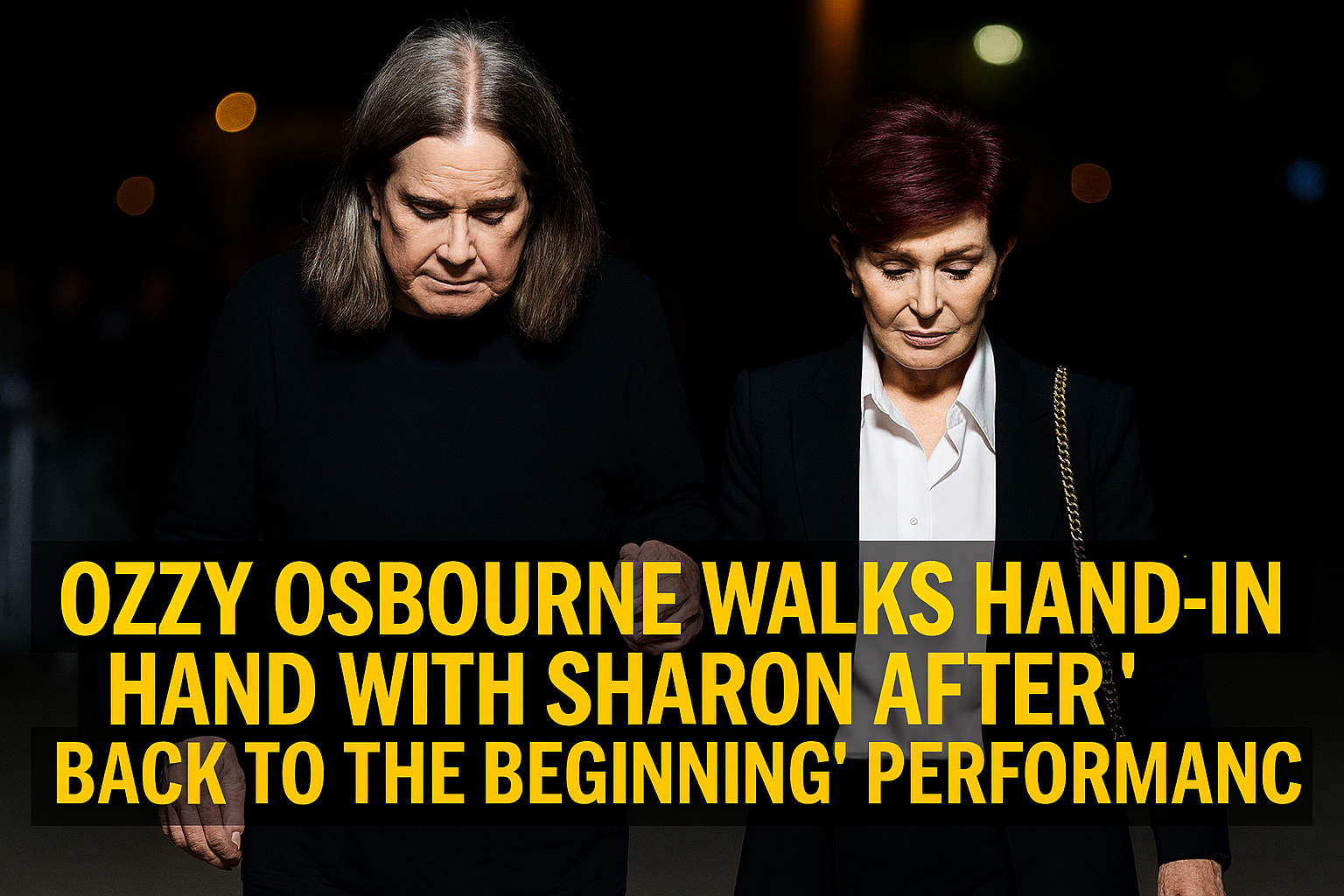Fifty years ago a 24-year-old Ace Frehley stormed the Winterland stage and left an imprint that still sparks. What was once grainy black-and-white memory has been reborn in colorized HD, and the footage hits with the force of a lightning strike. For KISS fans this is not a mere archival clip; it’s living history made immediate. The camera catches Ace in full motion: grin wide, eyes bright with mischief and menace, fingers moving like fire along the fretboard. Watching him now, electrified and amplified by modern restoration, feels like standing at the front row of a thunderclap.
The Performance
The set explodes when “Parasite” rips into the room. The song’s jagged riffs and taut rhythm become a conduit for Ace’s energy. His guitar does more than accompany the band; it commands the air. Sparks seem to leap from each note, and the camera lingers on the way his right hand attacks the strings and his left hand bends notes into shapes that bite. He plays with a dangerous ease, the kind only real conviction produces. The stage lights carve his silhouette into chrome and shadow, and the crowd answers in a wash of noise and motion. It’s raw, immediate, and startlingly alive.
The Look and Texture
Color restoration has given the footage a new skin. Warm ambers from par lights, cool blues in the shadows, and the metallic glint of Ace’s costume read like a living painting. Details that once blurred into darkness now snap into focus: the worn finish on the guitar, the creases in a jacket, the sweat on a temple. Yet the restoration preserves grit. Film grain remains as a tactile reminder that this was captured in the heat of a single night, not manufactured in a studio. The result is a paradox: the clip is cleaner and more vivid, while its heart remains gritty and human.
Emotional Resonance
The clip’s emotional charge has shifted since Ace’s passing. Once a chapter in a band’s origin story, this performance now reads as a farewell note delivered at full volume. Where there was youthful bravado there is also a tenderness that only hindsight can bring. Fans watching today bring memory, loss, and gratitude into the viewing room. Every smiling flash and reckless flourish takes on extra weight. It’s hard not to feel the scene as both celebration and elegy, a record of what was bright and combustible and now irreplaceable.
Ace’s Musical Identity
Ace’s playing on this night crystallizes what made his style distinctive. He married blues phrasing with glam bravado, finding a voice that was at once melodic and jagged. He favored tone and feeling over flashy technique, which is why his solos still cut through decades later. On “Parasite” he lays down lines that are singable yet thorned with attitude. His tone is raw and midrange-rich, a sharp star amid the band’s bombast. That sonic personality made him indispensable to KISS’s early character and continues to make these moments sing for new listeners.
Cultural Context
Winterland in 1975 was fertile ground. The venue had hosted countless legendary nights, and this KISS show arrived at a moment when the band was metamorphosing from club act to cultural phenomenon. The performance captures the era’s hunger and theater. It also documents an approach to rock that was unafraid of spectacle but grounded in musicianship. In the decades since, KISS became a brand as much as a band, but footage like this restores the human engine underneath the make-up and pyrotechnics.
Why It Matters Today
This restoration matters because it reconnects us with the physicality of live rock. In an era when performances can be endlessly polished, the Winterland clip offers an unvarnished encounter with risk and presence. It reminds viewers that music is a temporal force: a loud, messy, communal thing that exists fully only in the moment. For longtime fans it is a chance to relive a spark. For newcomers it is an education in how rock can feel dangerous and joyous at once. And for all viewers, watching Ace in vivid color now transforms nostalgia into a present-tense experience.
Final Reflection
The colorized Winterland footage does more than sharpen images. It reframes a memory as an event you can attend again. Ace Frehley’s grin, his bite of tone, the way his guitar seems to spit sparks—these details now live with new clarity. With Ace gone, the performance functions as a high-voltage goodbye, a last vivid proof of a life lived loud. It is both tribute and testament: a snapshot of fire that refuses to fade. Fans will watch, feel that old thrill, and carry the sound forward, because some moments of music are too bright to ever truly dim.










